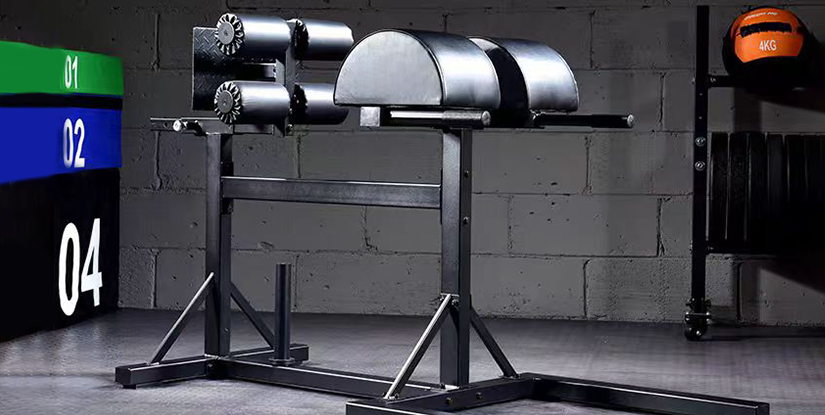Pulldown Guide — Equipment, Technique & Programming for Optimal Lat Development

Pulldown: Essential Guide to Lat Pulldown Equipment and Technique
The pulldown is a foundational exercise for developing back width and upper-body pulling strength. Performed on a cable-based lat pulldown machine, it targets the latissimus dorsi while engaging secondary muscles such as the biceps, rhomboids, teres major, and posterior deltoids. This guide covers equipment selection, setup, execution, variations, programming, common errors, and safety considerations for fitness professionals and serious practitioners.
Why the Pulldown Matters
- Primary focus on lat development and scapular control.
- Accessible progression toward more advanced vertical-pull movements (e.g., pull-ups).
- Versatile: adjustable resistance, multiple grips, and controlled eccentric loading.
Types of Pulldown Equipment
- Standard lat pulldown machines: high pulley with long bar and knee pads to stabilize the torso.
- Functional trainers and cable stations: allow single-arm and multi-angle pulldowns.
- Assisted pulldown or assisted pull-up machines: useful for rehabilitation and beginners.
- Home pulley systems and resistance bands: portable alternatives that provide variable tension.
Proper Setup and Adjustments
- Seat height: set so thighs are secured under the knee pads without excessive hip flexion.
- Grip choice: choose bar width based on target (wide for outer lats, narrow for lower lats and biceps involvement).
- Load selection: use a weight that allows full range of motion with controlled tempo; avoid excessive momentum.
Execution: Step-by-Step Technique
- Start: Sit upright, chest slightly proud, shoulders down and back, arms extended to the top of the movement.
- Initiate: Retract the scapula slightly before elbow flexion to engage the lats.
- Pull: Drive the elbows down and back in a smooth arc, bringing the bar to upper chest for conventional pulldowns.
- Finish: Pause briefly with the shoulder blades depressed and retracted; avoid excessive lumbar extension.
- Return: Control the eccentric phase, allowing arms to extend fully while maintaining scapular control.
Common Variations
- Wide-grip pulldown: emphasizes upper and outer lats; shorter range of motion.
- Close-grip (V-bar) pulldown: increases biceps and lower lat recruitment.
- Reverse-grip pulldown: shifts emphasis to biceps and lower lat insertion points.
- Single-arm cable pulldown: corrects imbalances and promotes unilateral control.
- Slow-eccentric pulldown: builds time under tension and improves muscle hypertrophy.
Programming Recommendations
- Strength focus: 4–6 sets of 4–6 reps with heavier loads and longer rest intervals.
- Hypertrophy: 3–4 sets of 8–12 reps with moderate load and controlled tempo.
- Endurance/conditioning: 2–3 sets of 15–20+ reps with lighter resistance and faster cadence.
- Integrate 1–3 pulldown variations per week depending on goals and overall back volume.
Common Errors and Troubleshooting
- Using excessive momentum: leaning back to lift heavier weight reduces lat engagement and increases lumbar stress.
- Leading with the arms: inadequate scapular retraction limits lat activation—initiate from the shoulders.
- Poor range of motion: partial reps limit strength and hypertrophic adaptations; aim for full controlled ROM.
- Elevated shoulders: shrugging shifts load to traps and reduces lat stimulus—maintain depressed shoulders.
Maintenance, Safety, and Facility Considerations
- Inspect cables, pulleys, and attachments regularly for wear and proper tension.
- Ensure knee pads and seat adjustments function smoothly and lock securely.
- Provide variations and progressions for clients with shoulder pathology; consider neutral-grip or single-arm alternatives.
- Encourage proper breathing patterns: exhale on concentric pull, inhale on eccentric return.
Measuring Progress and Assessing Effectiveness
- Track load and repetition progression, range-of-motion consistency, and postural control during sets.
- Use objective tests: 1–3RM metrics for strength phases, circumference or imaging for hypertrophy tracking.
- Evaluate transfer to functional tasks: improved pull-up repetitions or better scapular stability in compound pulls.
Frequently Asked Questions
- Q: Are pulldowns better than pull-ups?
A: Pulldowns are more adjustable and accessible; pull-ups offer greater functional overload when achievable. - Q: How often should I do pulldowns?
A: 1–3 times weekly depending on program phase and overall back volume. - Q: Wide or narrow grip— which to choose?
A: Use wide for outer lats, narrow to emphasize lower lats and biceps; rotate grips periodically. - Q: Can pulldowns cause shoulder pain?
A: Poor technique or excessive load can; use neutral grips and proper scapular control to reduce risk. - Q: Ideal rep range for muscle growth?
A: 8–12 reps with controlled tempo is standard for hypertrophy. - Q: Should I pause at the bottom?
A: A short pause improves muscle tension and reduces momentum; avoid dead stops that disrupt form. - Q: Are single-arm pulldowns useful?
A: Yes—excellent for addressing imbalances and improving unilateral control. - Q: How to progress from pulldown to pull-up?
A: Reduce assistance, increase eccentric control, and incorporate negatives and isometric holds. - Q: Maintenance tips for machines?
A: Regularly inspect cables, lubricate pulleys per manufacturer guidance, and check attachments.

